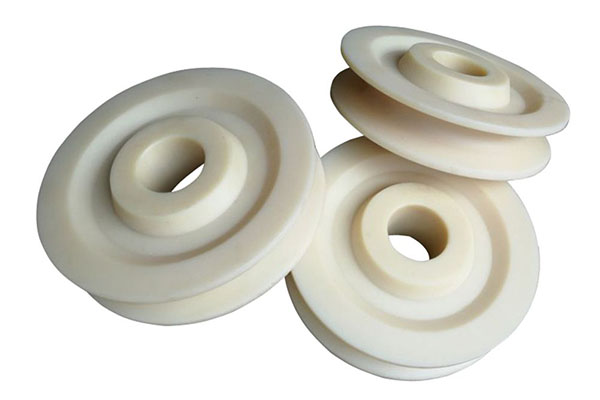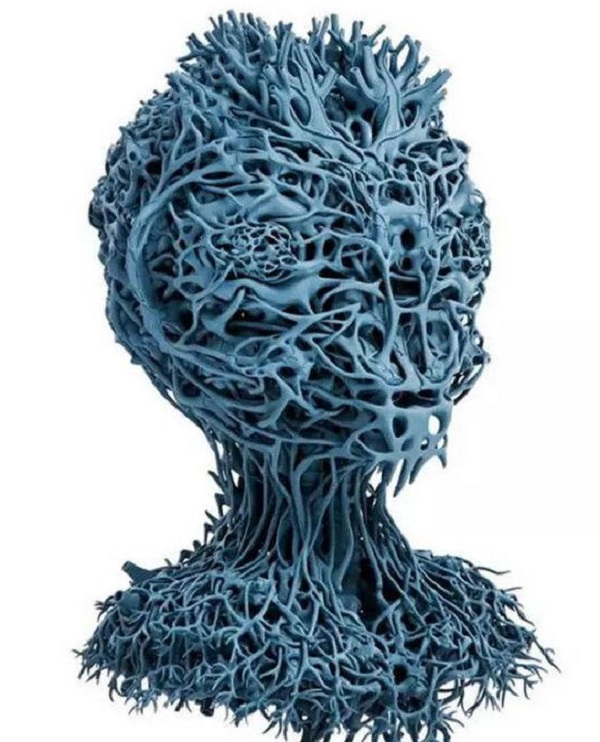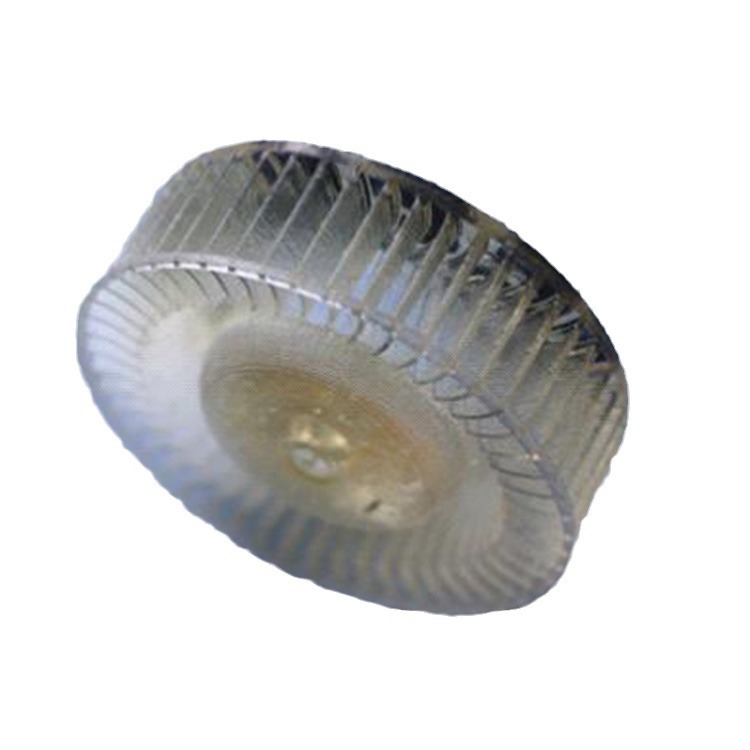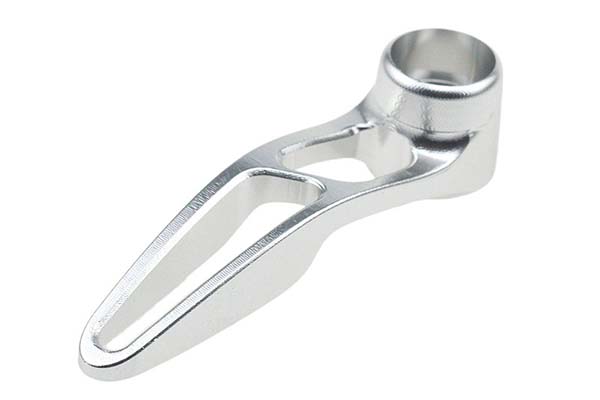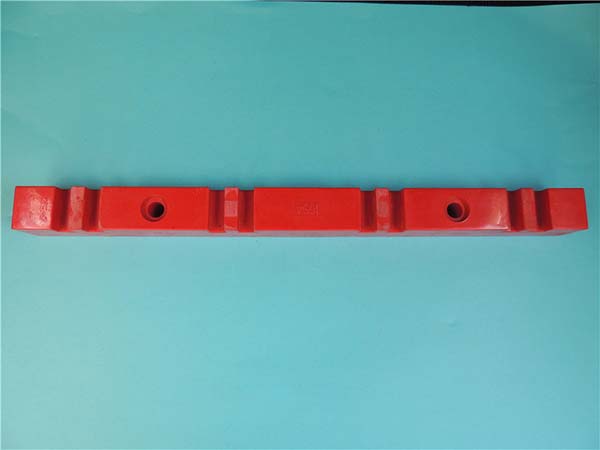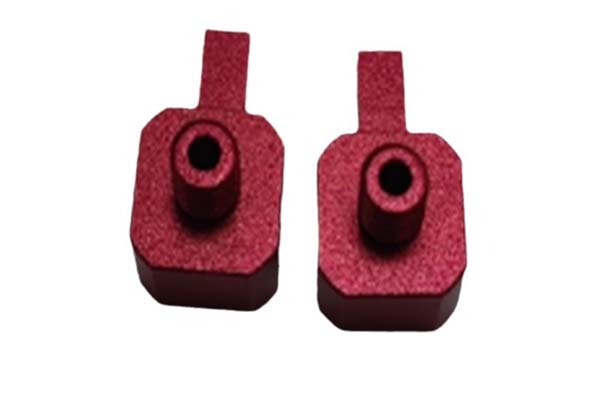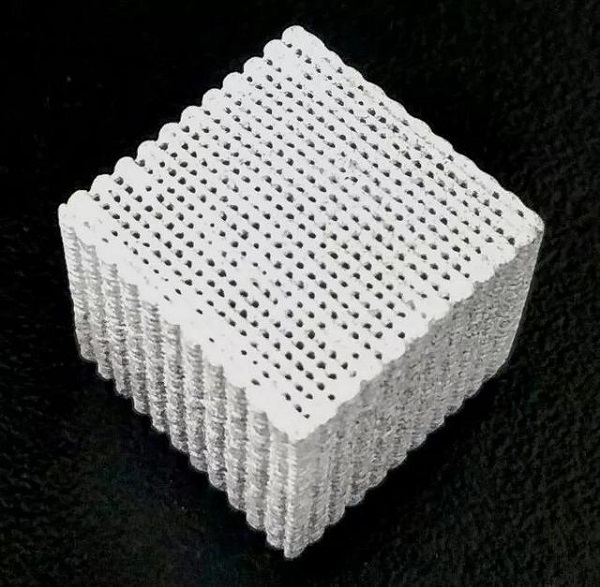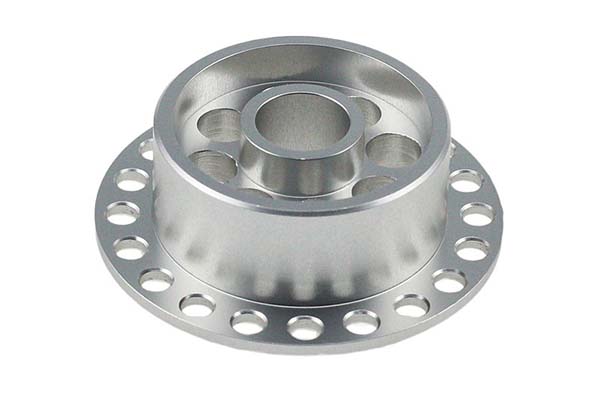1. Introduction
1.1 Definition of 3D Printed Figurines
3D printed figurines are three - dimensional miniature sculptures created through the process of 3D printing. This innovative manufacturing method involves the use of digital 3D models, which are sliced into thin layers by specialized software. A 3D printer then builds the figurine layer by layer, using various materials such as plastic (like PLA - Polylactic Acid or ABS - Acrylonitrile Butadiene Styrene), resin, or even metal in some advanced cases.
For Yigu Technology example, in a typical Fused Deposition Modeling (FDM) 3D printer, a spool of plastic filament is heated and extruded through a nozzle. The nozzle moves precisely according to the instructions from the sliced 3D model, depositing the melted plastic layer by layer until the entire figurine is formed. Stereolithography (SLA) printers, on the other hand, use a laser to cure liquid resin, layer by layer, to create highly detailed 3D printed figurines. This process allows for the creation of complex shapes and fine details that would be extremely challenging, if not impossible, to achieve through traditional sculpting methods.
2. The Basics of 3D Printing Technology for Figurines
2.1 How 3D Printing Works
3D printing, also known as additive manufacturing, is a revolutionary process that creates three - dimensional objects by layering materials based on a digital model. The journey of creating a 3D printed figurine begins with the design phase. Artists or designers use 3D modeling software such as Blender, Maya, or Tinkercad to create a virtual 3D model of the figurine. These software tools offer a wide range of features, allowing for the creation of highly detailed and complex shapes. For instance, in Blender, one can use sculpting tools to add fine - details like wrinkles on a character's face or the texture of a fabric on a clothing item.
Once the 3D model is complete, it needs to be prepared for printing. This is where the slicing process comes in. Slicing software, such as Cura or Simplify3D, takes the 3D model and divides it into hundreds or even thousands of thin, horizontal layers. Each layer represents a cross - section of the final figurine. The slicing software also generates a set of instructions, known as G - code, which the 3D printer will follow during the printing process. These instructions include details such as the movement of the print head, the speed at which the layers are deposited, and the amount of material to be extruded.
During the actual Yigu Technology 3D printing process, the printer reads the G - code and starts building the figurine layer by layer. In a Fused Deposition Modeling (FDM) printer, a spool of plastic filament is fed into a heated extruder. The extruder melts the plastic and deposits it in the precise pattern dictated by the G - code. As each layer is deposited, it adheres to the previous layer, gradually building up the three - dimensional structure of the figurine. In a Stereolithography (SLA) printer, a laser is used to selectively cure liquid resin in the shape of each layer. The resin hardens when exposed to the laser, and the process repeats layer by layer until the entire figurine is formed.
2.2 Common 3D Printing Technologies for Figurines (e.g., FDM, SLA)
The following Yigu Technology table summarizes the comparison between FDM and SLA for 3D printed figurines:
| Feature | FDM | SLA |
| Cost of Printer | Low - Moderate | Moderate - High |
| Cost of Materials | Low | High |
| Print Quality | Lower, visible layers | High, smooth surface |
| Detail Resolution | Limited | High |
| Speed | Slow | Faster than FDM for small, detailed prints |
| Material Options | Many (PLA, ABS, PETG, TPU, etc.) | Limited (various types of resin) |
| Toxicity of Materials | Generally non - toxic (except ABS fumes) | Toxic (resin) |
| Post - processing | Relatively simple (removing supports) | More complex (washing, additional curing) |
2.3 Materials Used in 3D Printed Figurines (Plastic, Resin, etc.)
Plastic (PLA, ABS, etc.)
PLA (Polylactic Acid)
PLA is a biodegradable thermoplastic made from renewable resources such as corn starch or sugarcane. It is a popular choice for 3D printed figurines due to its ease of use and environmental friendliness. PLA has a relatively low melting point, which makes it suitable for FDM printers. It prints well with minimal warping, even without a heated bed in some cases. The surface finish of PLA - printed figurines can be quite smooth, especially when printed at a proper layer height and with the right printer settings.
For Yigu Technology example, when creating a cute animal - themed figurine, PLA's natural color options and smooth finish can give it an appealing and vibrant look. However, PLA has some limitations. It has relatively low strength and heat resistance. At temperatures above 60°C, PLA can start to soften, which may not be suitable for applications where the figurine needs to withstand high temperatures or mechanical stress.
ABS (Acrylonitrile Butadiene Styrene)
ABS is a more durable and heat - resistant plastic compared to PLA. It is commonly used in the manufacturing of products such as Lego bricks and automotive parts. ABS has a higher melting point than PLA, and it often requires a heated bed to prevent warping during printing. The strength and impact resistance of ABS make it a good choice for creating figurines that need to be more robust, such as action figures or functional parts of a larger diorama.
For instance, if you are creating a figurine of a superhero that might be handled frequently or a part of a themed display that needs to withstand some physical stress, ABS could be a better option. However, ABS has some drawbacks. It emits a strong, unpleasant odor during printing, which requires proper ventilation. It is also more difficult to print compared to PLA, as it is more prone to warping and requires more precise printer calibration.
Resin
Standard Resin
Standard resin is the most commonly used type of resin in SLA and DLP (Digital Light Processing) 3D printers for creating figurines. It offers excellent detail resolution and a smooth surface finish. Standard resin - printed figurines can be easily painted or post - processed to achieve the desired aesthetic. They are ideal for creating art - style figurines, collectibles, and small - scale sculptures. For example, a detailed resin - printed elf figurine for a fantasy collection can showcase the fine details of the character's clothing, facial expressions, and accessories.
However, standard resin is relatively brittle, and it may break or crack if not handled carefully. It also has a limited lifespan, as it can be affected by UV light over time, causing it to yellow or degrade.
Tough Resin
Tough resin, as the name implies, is designed to have better mechanical properties compared to standard resin. It has increased strength and flexibility, making it more suitable for creating figurines that need to withstand some level of physical stress. For example, a tough resin - printed figurine of a sports - themed character that may be tossed around during play or a functional part of a moving diorama can benefit from its enhanced durability.
The main drawback of tough resin is that it often comes at a higher cost compared to standard resin. It may also have a slightly lower detail resolution in some cases, as the formulation to improve toughness can sometimes affect the resin's ability to cure with extreme precision.
Flexible Resin
Flexible resin is used to create figurines with rubber - like properties. It can be bent, stretched, and compressed without breaking, making it perfect for creating items such as soft - touch toys, flexible joints for articulated figurines, or shock - absorbing parts in a diorama. For example, a flexible resin - printed tail on a cat figurine can move realistically when the figurine is handled.
Flexible resin has a more complex post - processing procedure compared to other resins. It also has a relatively high cost, and the printing process may require more specialized settings on the 3D printer to ensure proper curing and layer adhesion.
4. Conclusion
Yigu Technology 3D printed figurines have emerged as a revolutionary force in the world of miniature art, offering a plethora of advantages and opening up new creative horizons. The technology behind 3D printed figurines, such as FDM and SLA, has made the creation of these miniature artworks more accessible and efficient. FDM, with its relatively low - cost entry point and versatility in materials like PLA and ABS, has allowed hobbyists and beginners to dive into the world of 3D printed figurine creation. SLA, on the other hand, has enabled the production of highly detailed and smooth - surfaced figurines, making it a preferred choice for artists aiming for a more polished and high - end aesthetic.
When compared to traditional miniature art, 3D printed figurines have shown superiority in several aspects. In terms of the production process, 3D printing is much faster and more precise. It can create complex shapes with ease, which would be extremely challenging and time - consuming to achieve through traditional hand - crafting methods. In terms of cost - effectiveness, especially in small - batch production, 3D printed figurines are a more affordable option. The elimination of the need for expensive molds and tooling, along with the relatively low cost of materials, makes it an attractive choice for artists and small - scale producers.
In the real - world, 3D printed figurines have found applications in various fields. In the art market, they have gained popularity among collectors due to their unique and limited - edition nature, as well as the high level of detail and customization they offer. Notable artists have used 3D printed figurines to create innovative artworks that have been exhibited in prestigious galleries around the world. In the entertainment industry, 3D printed figurines are used for creating miniature sets and props in movies and games, enhancing the visual experience and adding a sense of realism. They are also popular in personal and gift - giving scenarios, with customized 3D printed figurines serving as memorable and unique gifts.
FAQ
1. What materials are best for 3D printed figurines?
For beginners and those on a budget, PLA (Polylactic Acid) is a great choice as it's easy to print with, relatively inexpensive, and comes in various colors. For high - detail and smooth - finish figurines, resin (especially in SLA printers) is ideal, though it's more costly and requires proper safety handling. ABS (Acrylonitrile Butadiene Styrene) can be used for more durable figurines but is a bit more difficult to print due to warping issues.
2. Can I sell 3D printed figurines?
Yes, you can sell 3D printed figurines. However, ensure that you have the rights to the designs. If you're using someone else's intellectual property, you need proper licensing. Also, consider factors like production costs, quality control, and marketing when starting a business selling 3D printed figurines.
3. How do I design a 3D printed figurine?
You can use 3D modeling software such as Blender (free and open - source with a wide range of features), Maya (professional - level software with advanced tools), or Tinkercad (simpler and more beginner - friendly). If you're not confident in your modeling skills, you can also find pre - made 3D models on platforms like Thingiverse and MyMiniFactory, and sometimes customize them to your liking.
